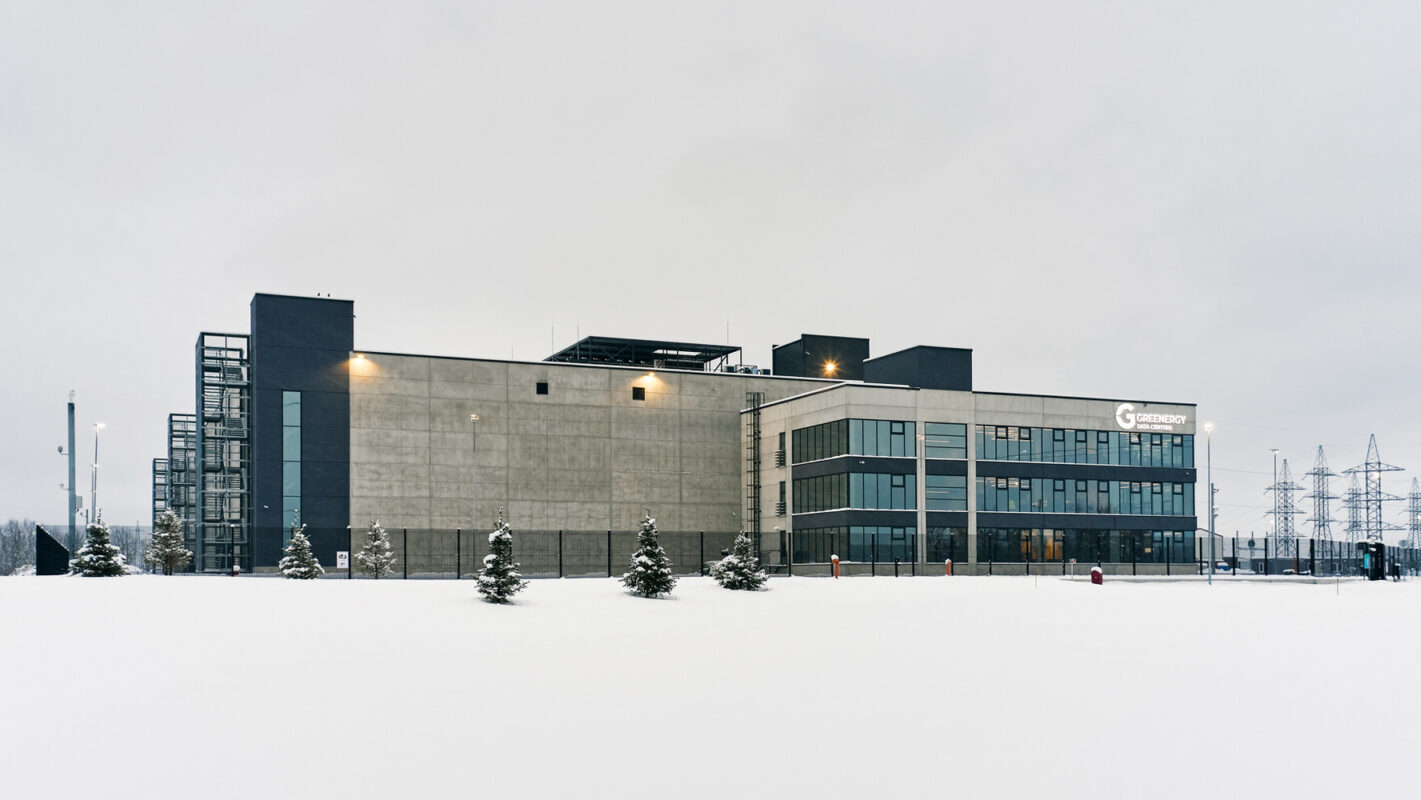Artificial intelligence (AI) has soared in popularity for its use as a tool offering convenience and efficiency. From chatbots embedded in various social media platforms to generative AI (such as ChatGPT), the technology has become intimately intertwined with everyday life. Yet this has distinct consequences, including those affecting the environment. According to the Harvard Business Review, “Even putting aside the environmental toll of chip manufacturing and supply chains, the training process for a single AI model, such as a large language model, can consume thousands of megawatt hours of electricity and emit hundreds of tons of carbon.”
The information communication technology (ICT) sector… constituted about “5-9% of the world's total electricity use and more than 2% of all emissions,” according to a report by the European Commission Shaping Europe's Digital Future.
But it's not just new technologies like AI that are putting strain on natural resources. The information communication technology (ICT) sector as a whole gives rise to many environmental issues. In 2020, it constituted about “5-9% of the world's total electricity use and more than 2% of all emissions,” according to a report by the European Commission Shaping Europe's Digital Future.
These consequences pose significant concern in a country like Estonia, where nearly all of its public services exist in the digital realm. To mitigate the environmental impacts of digitization, Estonia's Digital Agenda 2030 was adopted in 2021 to envision a long-term strategy for developing a “green digital government,” the objective of which is to “choose the most climate and environmentally friendly options upon adopting new solutions and reduce the environmental impact of digital government.” To achieve these goals, a report was commissioned by the Estonian Ministry of Economic Affairs and Communications to understand the ecological footprint of Estonia's digital society more accurately.
The report assessed several variables, including the life cycle of ICT equipment, the energy consumption of ICT equipment, data centres and cloud services, software solutions, and digital trash. These were measured across 12 public institutions and four local governments.
Results demonstrate that ICT-related activities contribute to significant emissions. “The total impact of the workstation equipment (laptops, desktop PCs and monitors) life cycle of all Estonian state agencies is 26,000 t CO2e, which is generated throughout the use period of a piece of equipment (4-6 years). This is equivalent to the annual environmental impact of around 5,000 households or use of 5,555 diesel cars for one year, if the distance travelled is 20,000 km per year.”
“Impact system modelling, for example, can indicate the likely consequences of natural hazards for populations and ecosystems.”
(Kädi Ristkok, chief executive of the Estonian Cleantech Association)
At the same time, some have recognized digitization (and AI in particular) for its positive environmental impacts. At this year's Tartu Opinion Festival, which was part of the Tartu 2024 European Capital of Culture program, experts from the University of Tartu discussed how AI can be used as a tool to help environmental researchers. They agreed that one area where AI can have a positive impact is disaster forecasting, prevention, and response. “This includes weather forecasts, flood risk assessment, modelling of forest fires, and other environmental problems,” according to The Estonian Internet Foundation, which facilitated the event. “While satellites and other current meteorological infrastructures provide valuable information to predict the weather, AI can take the process considerably further,” according to the International Telecommunication Union (ITU). “Impact system modelling, for example, can indicate the likely consequences of natural hazards for populations and ecosystems.”
Today, Estonia stands as a leader in its commitment to green digital governance with public and private sector investment in clean technology. In an article in Science Business, Kädi Ristkok, chief executive of the Estonian Cleantech Association, said “investment grew from around €50 million in 2020 to €140 million in 2021 and €260 million in 2023.”
“The sector in Estonia is mostly younger companies, but little by little scale-ups are starting to appear,” she said. “This covers most kinds of cleantech companies, but scale-ups tend to be in the energy sector.”
Digitization is inevitable. To protect the health of our climate, it is crucial that these technologies are driven by sustainability and equality.




